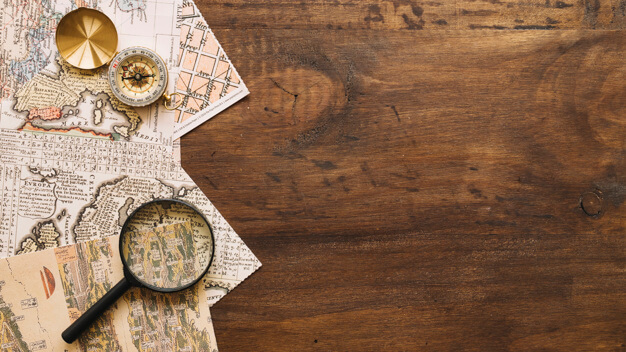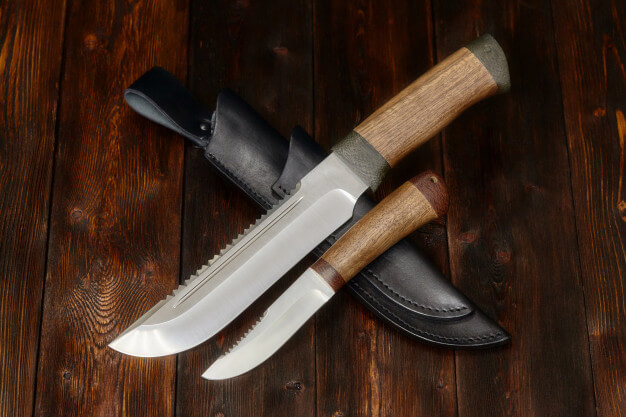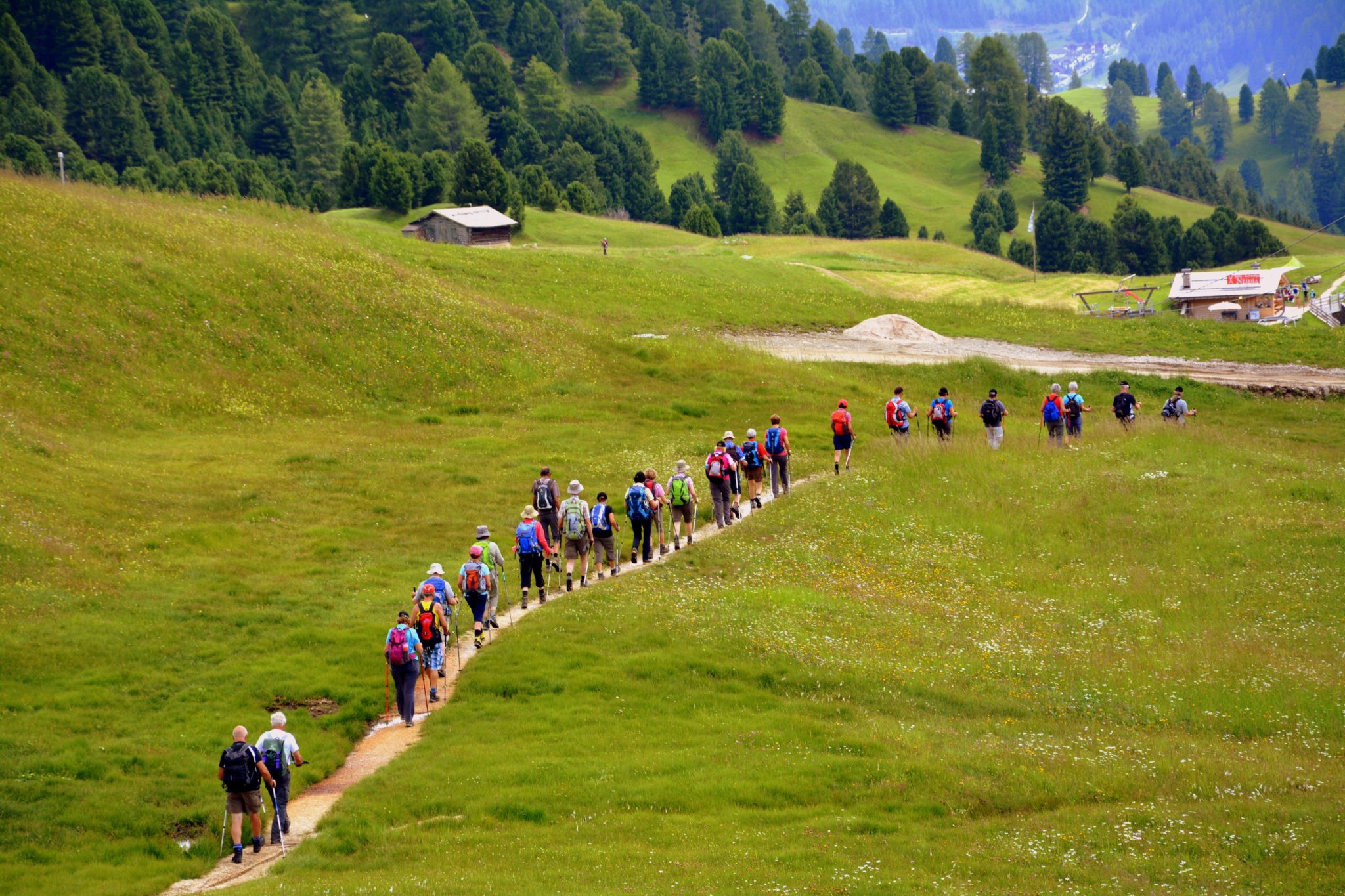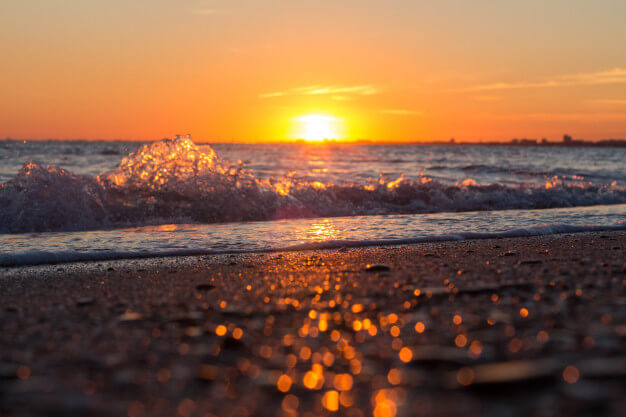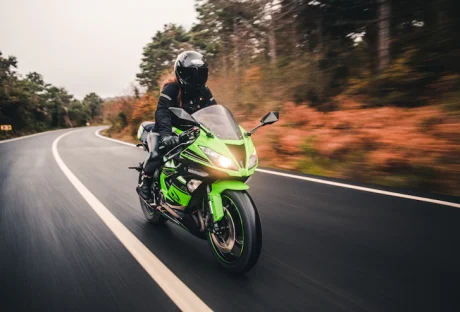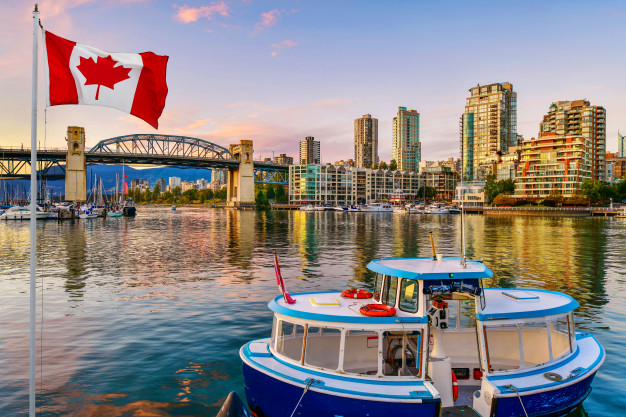With technological advancements left and right, there seems to be no real need for manual tools to make life easier. If you’re lucky, you won’t ever face anything more dangerous than stepping on an anthill.
But in times of emergencies, like getting stranded in the wild, you cannot just hand anything to fate. Disasters can strike anytime, too unpredictable to let anyone know beforehand. What if an earthquake takes California by surprise? Or a massive hurricane devastates your coastal city? So where will that leave you?
Taking precautionary measures can go a long way when you find yourself in an apocalyptic situation. This includes investing in handy tools every survivalist should have.
1. Backpack :
Of course, the first consideration is a reliable backpack to house your tools. A backpack is more than just a storage bag for your things.
It must be sturdy, lightweight, and comfortable enough for you to carry in both long distances and difficult terrain. The backpack must also be waterproof, as surviving in the wild will mean dealing with heat and rain.
2. Canteen for Water :
A versatile canteen for water is a good idea. It can fit in the side compartment of your backpack, making sure you have a source of water for hydration.
A person can go for several days without food, but water is essential. Bonus points if you can store iodine tablets, as it is ideal for water purification.
3. Multitool :
A multitool that is lightweight and practical can solve most of your problems. Even the one that offers basic tools, like a straight blade, a saw, and a can opener, can be valuable.
There are multitools that contain magnifying glasses, USB sticks, pliers, and wrenches. It really depends on your needs, so make sure to find one that has everything you need the most.
It’s also a good idea to get one that includes a lock picking set. When you are stuck in an area with abandoned but locked houses, how else can you get inside when you are desperate for shelter? Especially in the event of rain or hurricane, picking a lock can be very handy.
4. Compass and Maps :
GPS and other advanced map systems made it convenient for humans to travel, but in the event of power failure, it always pays to be prepared. Hence, you need a compass and maps.
Low tech tools, though less convenient, are more reliable than gadgets, as you can always use them without needing a power source.
5. Knife :
A knife can be used for practically anything, from clearing a path to defending yourself against bad elements.
Keeping a good, versatile knife can make a huge difference to your journey as a survivalist. You can use it to cut food or splitting wood for fuel.
Just make sure to choose a fixed blade knife that can allow you to do heavy-duty tasks.
Be Prepared :
Preparation is the key to unexpected happenings. Although we do not have power over tragedies, catastrophes, and other circumstances beyond our control, it is still wise for us to plan ahead of time. The future is unknown and unpredictable after all.
By investing in handy survival tools that can prepare you for the worse, you will be cautioned from distressed situations where you will wait in vain for rescue operations.
You can take your fate into your own hands with the presence of mind, willpower, courage, and determination.
Read Also :

















